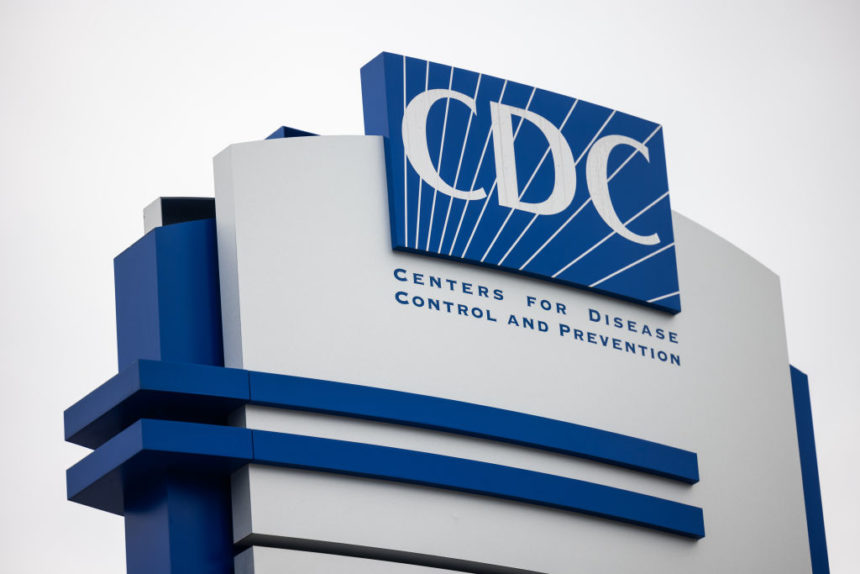Overdose deaths reached a record high in 2022 but also rose less sharply than in previous years, according to a report released by the Centers for Disease Control and Prevention this week.
The CDC reported 107,941 overdose deaths in 2022, an increase from 106,699 in 2021.
2022’s number is the highest yet recorded in the U.S., however, the rate of increase between 2021 and 2022 slowed down compared to the spike of 31% between 2019 and 2020, suggesting that the opioid crisis may be flattening out.
Much of the rise in overdose deaths can be attributed to an increase in fentanyl use as well as stimulant use — including cocaine and methamphetamine, the CDC reported.
Still, the age-adjusted rate of overdose deaths linked to heroin decreased more than 35% in that same time period.
Rates of overdose deaths among young people between the ages of 15 and 34 dropped from 2021 to 2022, yet rose among people over the age of 35.
By demographics, the overdose mortality rate jumped 15% among Native American and Alaska Native non-Hispanic populations between 2021 and 2022.
The CDC also released new data showing that life expectancy in the U.S. rose slightly in 2022 to 77.5 years after dropping 2.4 years during the course of the COVID-19 pandemic.
The death rate for COVID-19 decreased by more than 57% between 2021 and 2022, contributing to the overall 9% drop in death rate in that time period, the CDC reported.
“Vaccination of the population brought a welcome reduction in COVID-19 mortality, and medical care for chronic diseases has thankfully begun to return to normal and that is reflected in the rebound in life expectancy rates,” Dr. Steven Woolf, director emeritus of the Virginia Commonwealth University Center on Society and Health, told CNN.
Despite the overdose death rate slowing down, public health officials have warned of the overdose crisis merely changing form as different drugs — such as fentanyl and xylazine, an animal sedative — have increased in popularity.
Clinics that offer opioid use disorder treatments, such as methadone, have struggled to address the growing use of fentanyl and xylazine, as addictions to both are harder to treat than opioids.
Experts have referred to the emergence of synthetic drugs as the opioid epidemic’s “fourth wave.”
In December, agency Acento Advertising sought to raise awareness about the continuing opioid epidemic as well as Narcan — a treatment that can reverse drug overdoses — by producing Christmas ornaments containing two naloxone nasal sprays.








